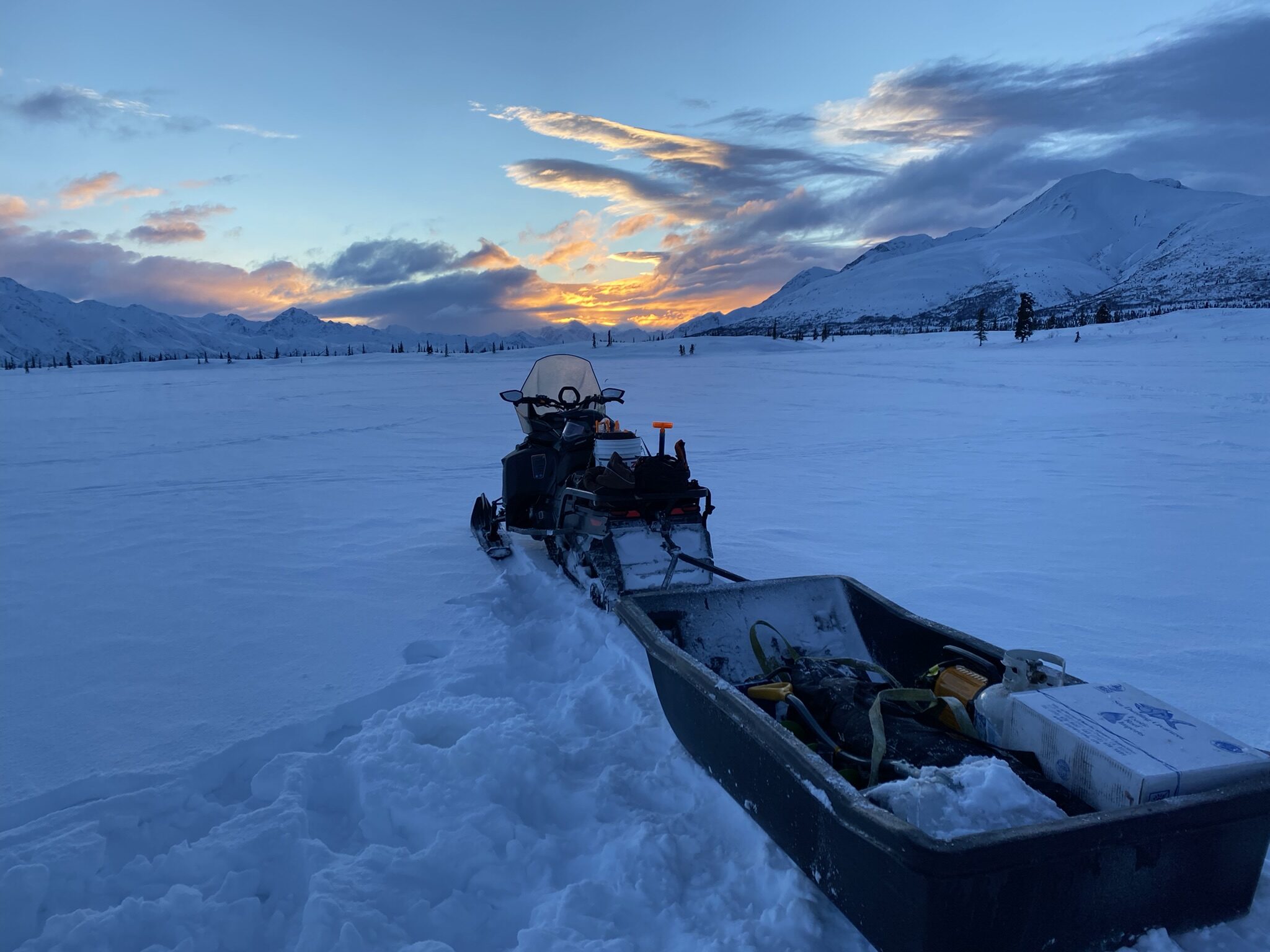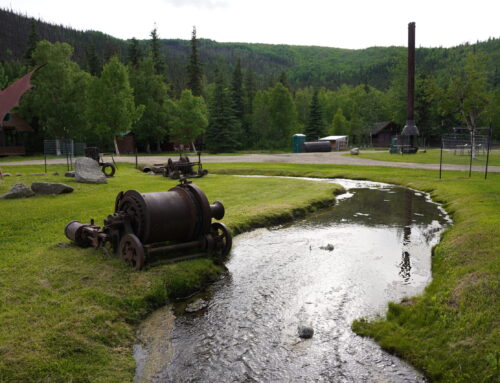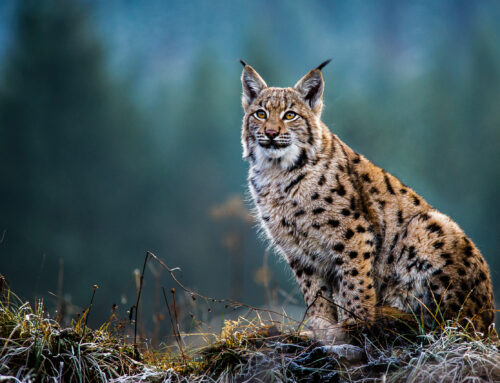
What is a Solstice?
Scientifically speaking, the solstice is the day in which the sun reaches its highest or lowest point in the sky marking the start of summer and winter respectively. The Summer solstice is the day with the most daylight hours, while the winter solstice has the least daylight hours. This is true no matter where in the world you are. If you are closer to the equator there will be less difference in daylight hours between the summer and winter solstice.
For places in the northern hemisphere as far north as the Last Frontier, the hours of daylight (or lack thereof) on the solstice can be quite extreme compared to some lower latitude regions.

Alaskan sunset at 11:45pm from the Matanuska Glacier
For example, on the summer solstice in Glacier View, Alaska, the sun sets at 11:42pm and rises at 4:03am, but it never reaches the level of darkness we experience in the winter. You might have heard the term ‘land of the midnight sun’. This comes from the long days during the summer months.
On the other hand, on the winter solstice the sun rises at 10:12am and sets at 3:26pm, reaching complete darkness before 4:30pm. Quite different amounts of daylight between the two! Meanwhile up in the Arctic Circle, the sun does not rise from mid-November until late January.
Why celebrate the Solstice in Alaska?
Alaska can be a pretty special place to celebrate the solstice, although it is much more popular in June than in December! There is so much to do in Alaska during the winter, the key is to bundle up and get out during the few hours of daylight and making the most of some winter activities. Winter brings opportunities for skiing, treks to see ice caves, snowmobiling, and much more!
Not to mention, the lack of daylight makes winter a great time to see the Northern Lights!
With the Winter Solstice fast approaching, consider your next Alaskan adventure be in the winter! Winter in Alaska is quiet and peaceful! After all, after December 21st, the days will just start getting longer again leading to the Summer Solstice and the cycle will continue again.






